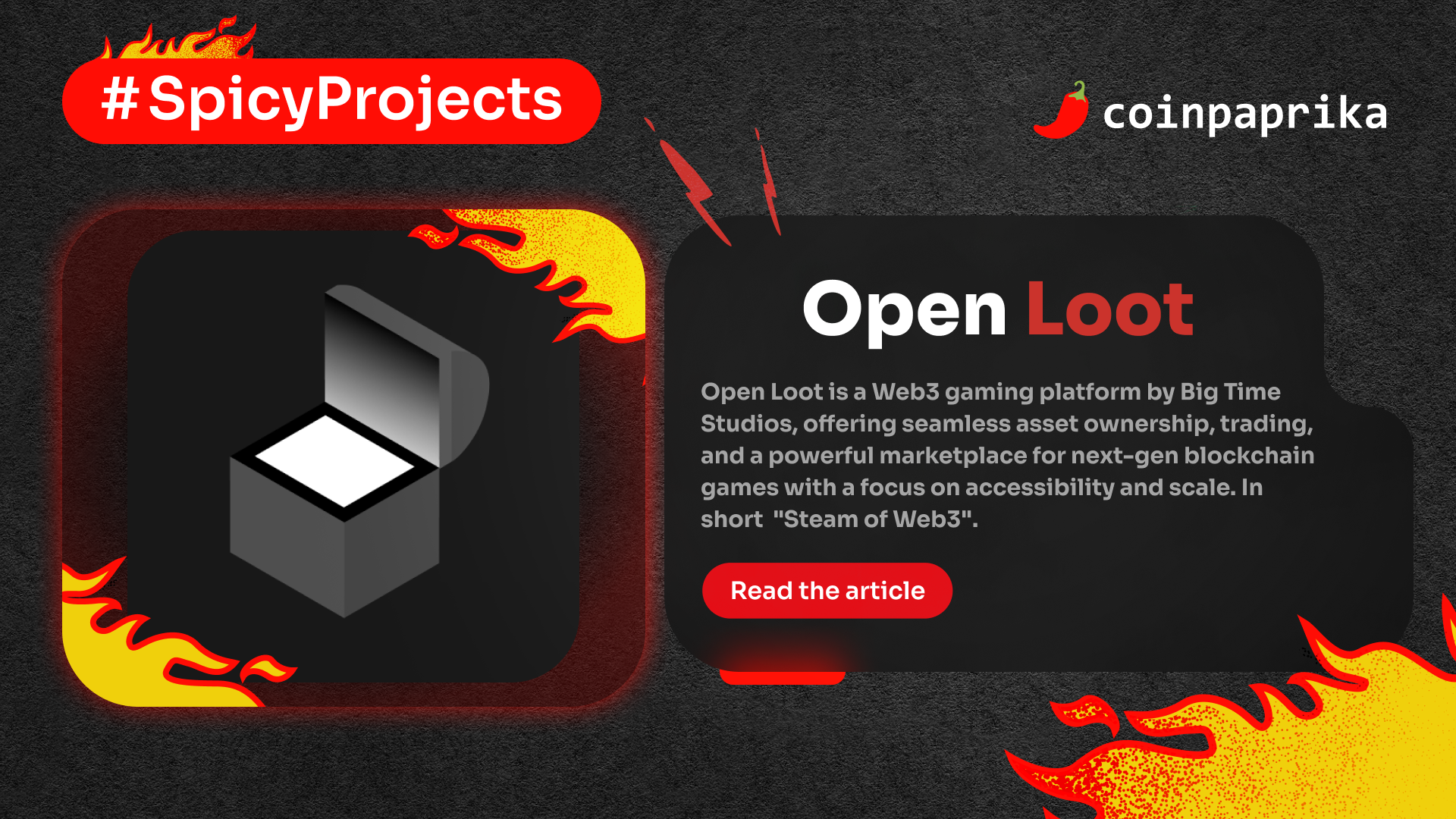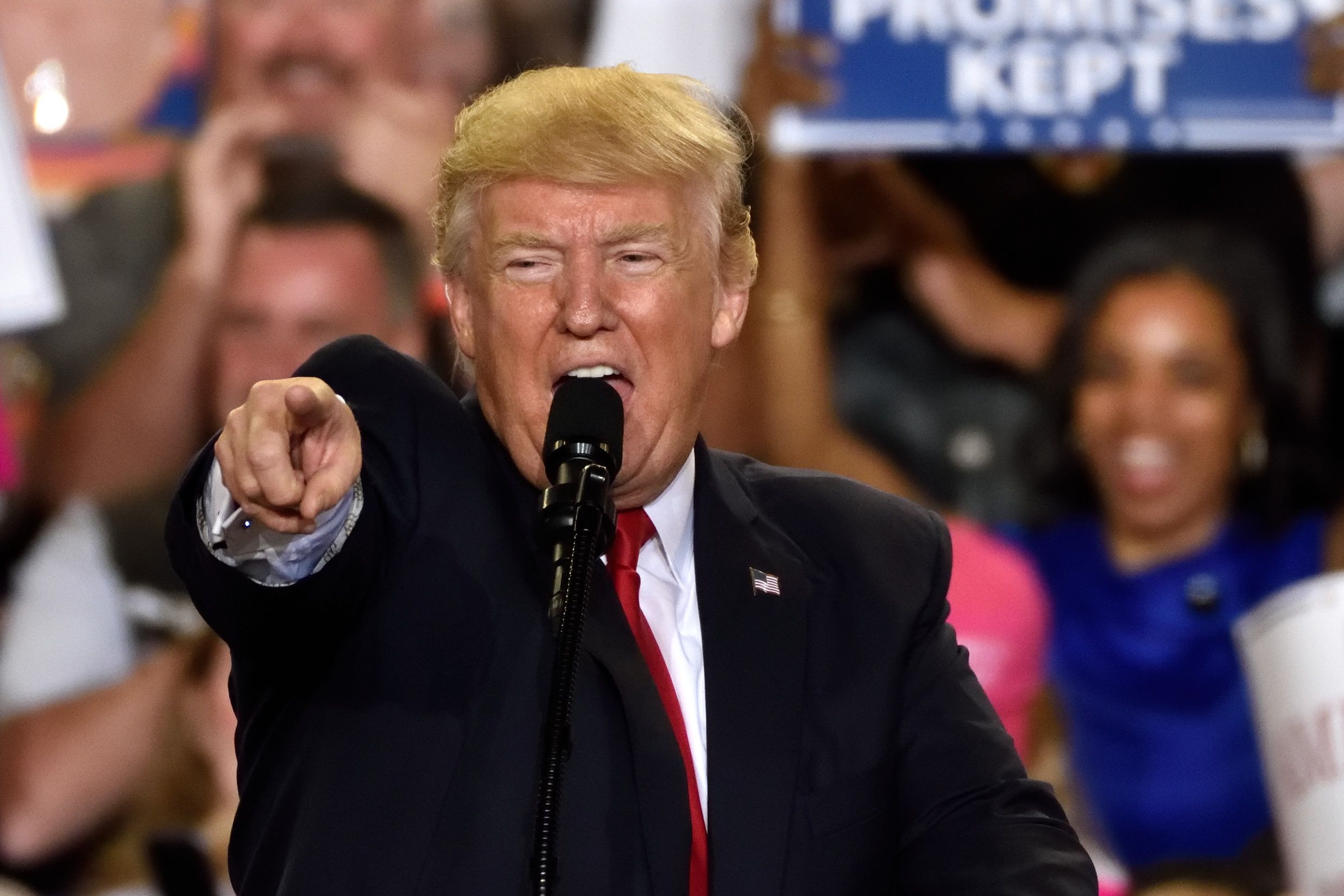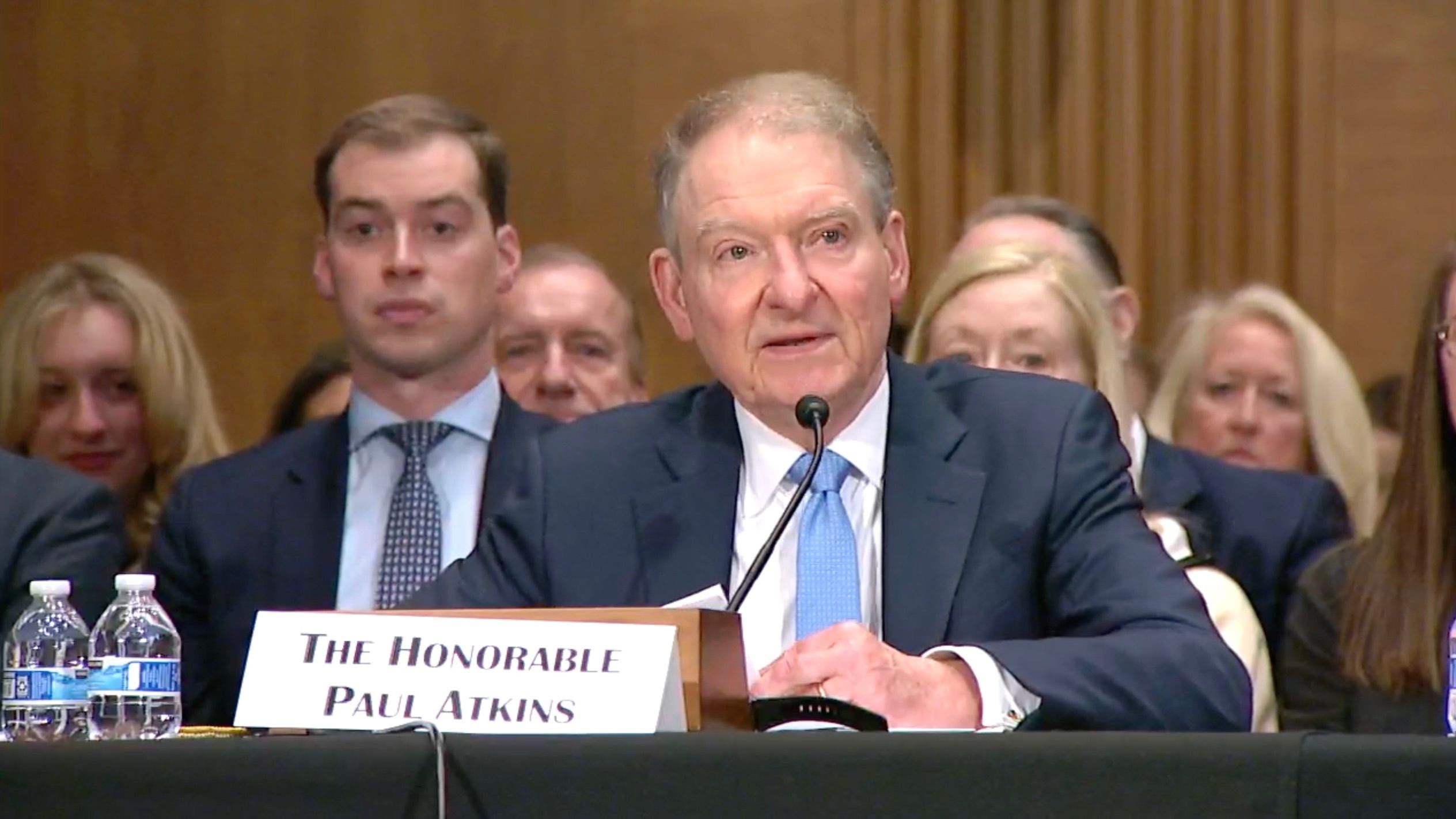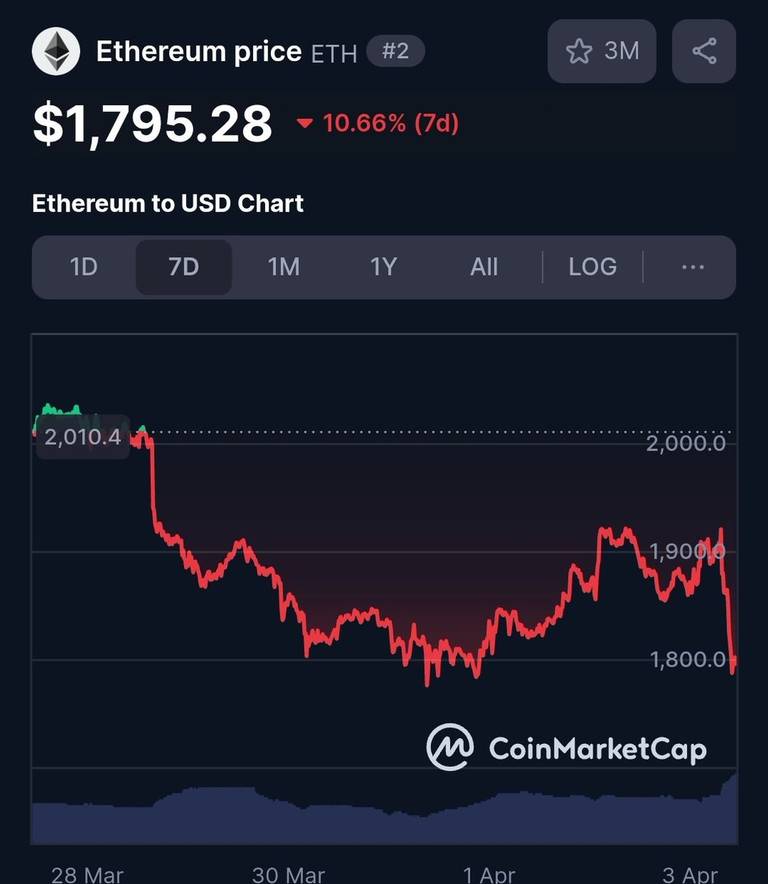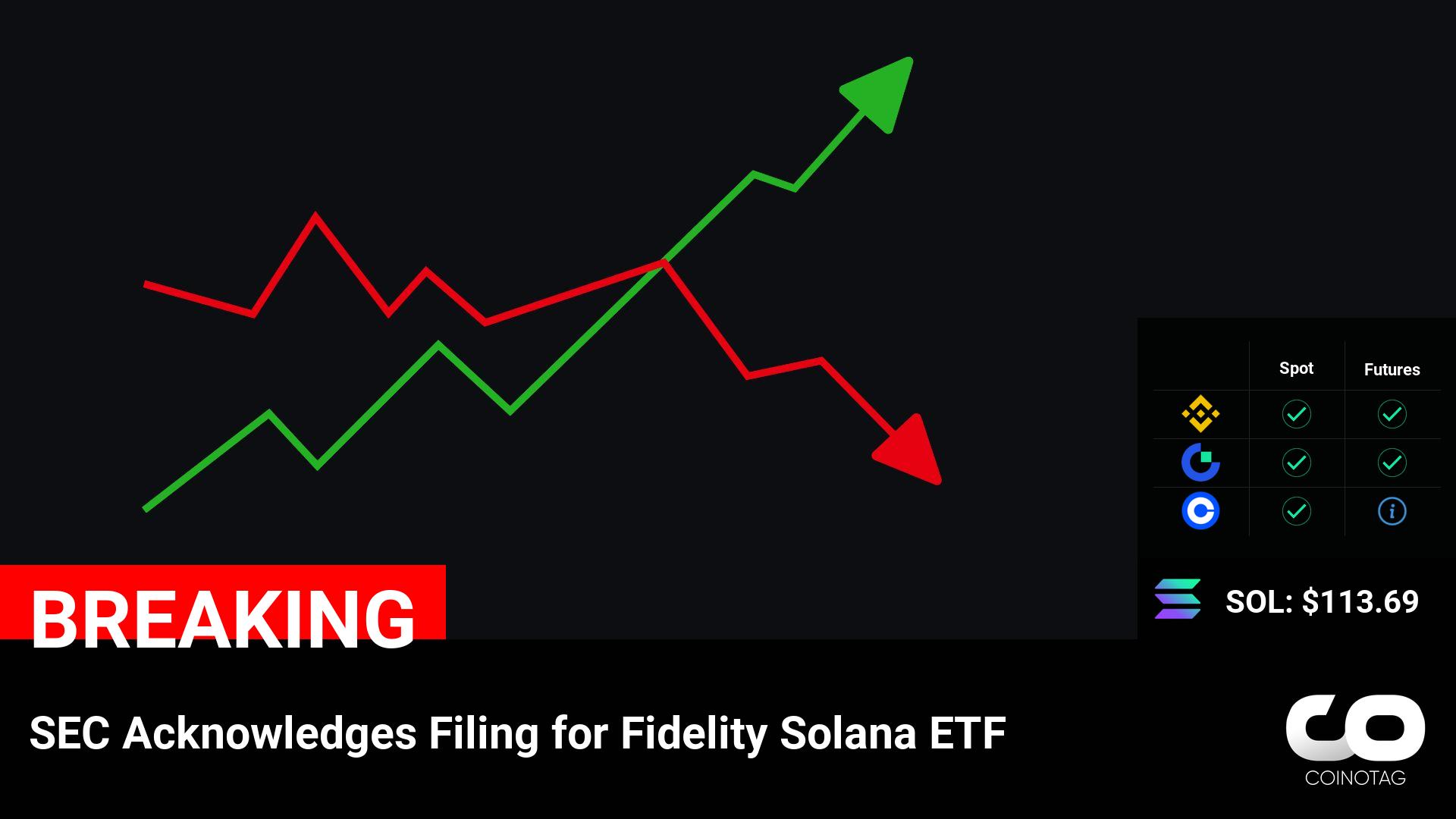
U.S. President Donald Trump’s latest tariff announcements have sent ripples through the cryptocurrency market, causing Bitcoin prices to fluctuate dramatically. The implementation of a 25% tariff on foreign-made automobiles and
CoinOtag
You can visit the page to read the article.
Source: CoinOtag
Disclaimer: The opinion expressed here is not investment advice – it is provided for informational purposes only. It does not necessarily reflect the opinion of BitMaden. Every investment and all trading involves risk, so you should always perform your own research prior to making decisions. We do not recommend investing money you cannot afford to lose.
Luxor’s Aaron Forster on Bitcoin Mining`s Growing Sophistication

Luxor Technology wants to make bitcoin mining easier. That’s why the firm has rolled out a panoply of products (mining pools, hashrate derivatives, data analytics, ASIC brokerage) to help bitcoin miners, large and small, develop their operations. Aaron Forster, the company’s director of business development, joined in October 2021, and has seen the team grow from roughly 15 to 85 people in the span of three and a half years. Forster worked a decade in the Canadian energy sector before coming to bitcoin mining, which is one of the reasons why he’ll be speaking about the future of mining in Canada and the U.S. at the BTC & Mining Summit at Consensus this year, May 14-15. In the leadup to the event, Forster shared with CoinDesk his thoughts on bitcoin miners turning to artificial intelligence, the growing sophistication of the mining industry, and how Luxor’s products enable miners to hedge various forms of risk. This interview has been condensed and edited for clarity. Mining pools allow miners to combine their computational resources to have higher chances of receiving bitcoin block rewards. Can you explain to us how Luxor’s mining pools work? Aaron Forster: Mining pools are basically aggregators that reduce the variance of solo mining. When you look at solo mining, it`s very lottery-esque, meaning that you could be plugging your machines in and you might hit block rewards tomorrow — or you might hit it 100 years from now. But you`re still paying for energy during that time. At a small scale, it’s not a big deal, as you scale that up and create a business around it. The most common kind of mining pool is PPLNS, which means Pay-Per-Last-N-Shares. Basically, that means the miner does not get paid unless that mining pool hits the block. That`s also due to luck variance, so it’s no different from that solo miner’s situation. However, that creates revenue volatility for those large industrial miners. So we’re seeing the emergence of what we call Full-Pay-Per-Share, or FPPS, and that`s Luxor is operating for our bitcoin pool. With FPPS, regardless of whether we find a block or not, we`re still paying our miners their revenue based on the number of shares they`ve submitted to the pool. That gives revenue certainty to miners, assuming hashprice stays the same. We`ve effectively become an insurance provider. The problem is that you need a very deep and strong balance sheet to support that model, because while we`ve reduced the variance for miners, that risk is now put on us. So we need to plan for that. But it can be calculated over a long enough period of time. We have different partners in that regard, so that we don`t bear the full risk from our balance sheet. Tell me about your ASIC brokerage business. We’ve become one of the leading hardware suppliers on the secondary market. Primarily within North America, but we`ve shipped to 35+ countries. We deal with everybody from public companies to private companies, institutions to retail. We`re primarily a broker, meaning we match buyer and seller, mostly on the secondary market. Sometimes we do interact with ASIC manufacturers, and in certain cases we do take principal positions, meaning we use money from our balance sheet to purchase ASICs and then resell them on the secondary market. But the majority of our volume comes from matching buyers and sellers. Luxor also launched the first hashrate futures contracts. We’re trying to push the Bitcoin mining space forward. We’re a hashrate marketplace, depending on how you look at our mining pools, and we wanted to take a big leap and take hashrate to the TradFi world. We wanted to create a tool that allows investors to take a position on hashprice without effectively owning mining equipment. Hashprice is, you know, the hourly or daily revenue that miners get, and that fluctuates a lot. For some people it’s about hedging, for others it’s speculation. We’re creating a tool for miners to sell their hashrate forward and use it as a basic collateral or a way to finance growth. We said, ‘Let`s allow miners to basically sell forward hashrate, receive bitcoin upfront, and then they can take that and do whatever they need to do with it, whether it`s purchase ASICs or expand their mining operations.’ It’s basically the collateralization of hashrate. So they`re obligated to send us X amount of hashrate per month for the length of the contract. Before that, they`ll receive a certain amount of bitcoin upfront. There’s a market imbalance between buyers and sellers. We have a lot of buyers, meaning people and institutions wanting to earn yield on their bitcoin. What you’re lending your bitcoin at is effectively your interest rate. However, you could also look at it like you`re purchasing that hashrate at a discount. That`s important for institutions or folks that don`t want physical exposure to bitcoin mining, but want exposure to hash price or hashrate. They can do that synthetically through purchasing bitcoin and putting it into our market, effectively lending that out, earning a yield, and purchasing that hashrate at a discount. What do you find most exciting about bitcoin mining at the moment? The acceptance and natural progression of our industry into other markets. We can`t ignore the AI HPC transition. Instead of building these mega mines that are just massive buildings with power-dense bitcoin mining operations, you`re starting to see large miners turning into power infrastructure providers for artificial intelligence. Using bitcoin mining as a stepping stone to a larger, more capital intensive industry like AI is exciting to me, because it kind of gives us a bit more acceptance, because we’re coming at it from a completely different angle. I think the biggest example is the Core Scientific-CoreWeave deal structure , how they`ve kind of merged those two businesses together. They`re complimentary to each other. And that`s really exciting. When you look at our own product roadmap, we have no choice but to follow a similar roadmap to bitcoin miners. A lot of the products that we built for the mining industry are analogous to what is needed at a different level for AI. Mind you, it`s a lot simpler in our industry than in AI. We’re our first step into the HPC space, and it’s still very early days there. CoinOtag
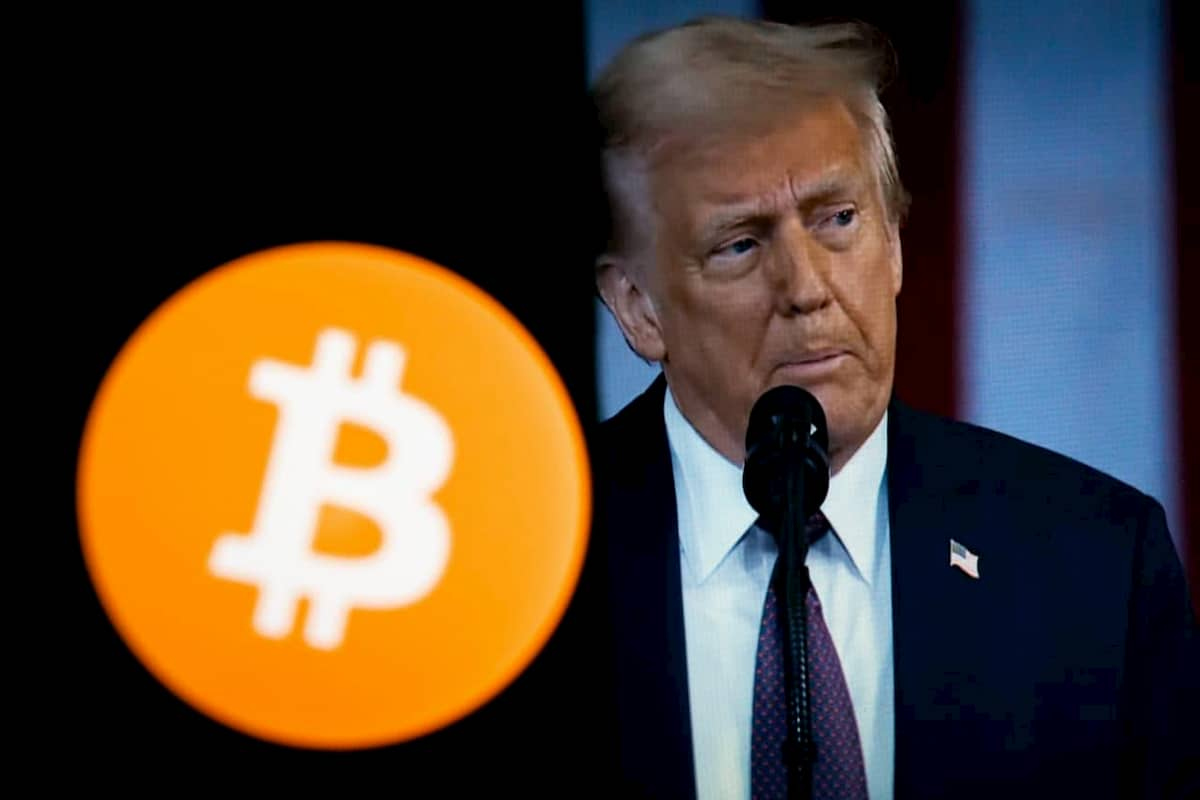
Bitcoin sell-off: 19k holders flee amid Trump trade war
President Trump’s ‘Liberation Day’ tariffs yesterday wiped roughly $140 billion from the cryptocurrency market within a matter of hours. Notably, the announcement of the new duties being imposed caused an immediate sell-off from short-term Bitcoin ( BTC ) holders. To be more precise, short-term traders sold a total of 18,930 Bitcoins in the immediate aftermath of the trade war’s latest chapter, per a chart shared on April 3 by noted crypto chart researcher Ali Martinez on X . The multicolored Spent Output Age Bands (SOAB) chart delineates liquidations based on position age. Traders who had been holding Bitcoin for one to three months sold 3,113 BTC, while those who had been holding for three to six months sold slightly less of the cryptocurrency — 2,737 Bitcoins, to be exact. However, the majority of the sell-off came from investors whose positions were six months to a year old (3,983 BTC) and between a year and a year and a half old (9,097 BTC). 18,930 #Bitcoin $BTC were sold by short-term holders last night, immediately after @realDonaldTrump announced new tariffs! pic.twitter.com/pONWoxV5a9 — Ali (@ali_charts) April 3, 2025 At the time of the liquidations (roughly 02:22 UTC), the leading cryptocurrency was trading at $82,794. Therefore, the total value of the Bitcoin sold amounts to approximately $1.56 billion. Is the market turning bearish on Bitcoin? Over the course of the last 12 hours, the long/short ratio of the world’s premier digital asset fell off sharply. Namely, in the preceding 12-hour period, long positions and short positions were evenly matched, with a 50.14% to 49.86% split in favor of long positions. However, by press time on April 3, the situation had changed drastically, with 55.32% of the positions opened in the past 12 hours being shorts, and 44.68% being longs. BTC long-short ratio chart. Source: CoinGlass At the time of writing, the cryptocurrency was trading at $81,910, having marked a 3.43% decline on the daily chart, and a 1.06% decline from the prices seen at the time of the Bitcoin sell-off seen on Martinez’s chart. BTC price 1-day chart. Source: Finbold With everything taken into account, the present atmosphere has taken a bearish turn — even notable BTC bulls like Robert Kiyosaki are shifting their focus to commodities like silver as a defensive measure. Lastly, caution and patience are advised — current conditions are not favorable for either investing or trading — and without a clear catalyst to stop the bleeding, it’s unclear when the downturn could begin to reverse. Featured image via Shutterstock The post Bitcoin sell-off: 19k holders flee amid Trump trade war appeared first on Finbold . CoinOtag

